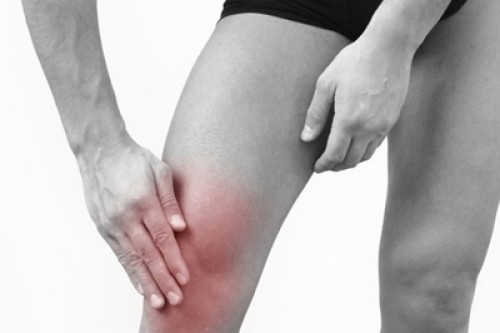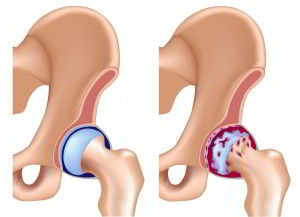Vitamin D is essential for bone health. It helps increase the absorption of calcium from the stomach, regulates the amount of calcium in the blood and strengthens the skeleton.
The main source of vitamin D is production in the skin after exposure to sunlight. Small amounts of vitamin D are available in some foods. For vitamin D to work effectively it needs to be activated by the liver and kidney, which then turns it into a hormone.
Vitamin D has many roles within the body.
The most understood role is its ability to help the body absorb calcium and phosphorus and vitamin D also assists with:
- bone development and strength
- cell growth
- maintaining a healthy immune system
- hormone function
- nervous system regulation

Apart from its important role in maintaining bone health, vitamin D may also have an important role in other diseases such as diabetes, cancer and infection. These are currently areas of intense research.
Vitamin D deficiency
Vitamin D deficiency is a common condition in Australia, affecting a large number of women.
The body’s main source of vitamin D comes from the skin being exposed to UV radiation in sunlight. When sunlight hits the skin, it reacts with a cholesterol-like substance and produces vitamin D. The amount of sun exposure needed depends on your skin colour, where you live and the time of year.
Even though Australia has one of the highest UV radiation levels in the world and is well known for its abundance of sunshine, research has found many people are deficient in vitamin D because of the amount of time they spend indoors.
Those at most risk of having a vitamin D deficiency include:
- older people and people living in care (such as hospitals or rehabilitation) – particularly those who stay indoors or cannot walk and have limited exposure to the sunlight
- people with gastrointestinal disease
- people taking certain medications (e.g. anti-epileptics)
- people who cover or veil their skin for religious or cultural reasons
- dark-skinned people
- pregnant women
- postmenopausal women
Vitamin D levels are seasonal and fall in the winter and early spring when people are less likely to be outdoors.
How do you know what your vitamin D level is?
Vitamin D levels can be measured through a simple blood test.
Vitamin D levels are classified into ranges. The Australian and New Zealand Bone and Mineral Society, the Endocrine Society of Australia and Osteoporosis Australia (2005) state that adult serum 25-OHD levels show:
| Level of vitamin D deficiency | Range (in nmol/L – a measure of the molecular chemistry) |
|---|---|
| Mild | 25-50 |
| Moderate | 12.5-25 |
| Severe | Less than 12.5 |
Where to get vitamin D
| What you need | What to be careful of |
|---|---|
| Sunlight | |
| Usually 10-15 min exposure to outdoor sun per day is necessary for the production of adequate vitamin D. As a general guide expose face, arms, hands or legs for:
Check the map of Australia for guidelines on the recommended amount of sun exposure based on your location, the season and your skin pigmentation. You can get daily updates on the UV index at: sunsmart.com.au |
|
| Diet | |
Dietary sources of vitamin D are limited and can come from:
|
It is very hard to get adequate amounts of vitamin D from these sources alone. |
| Supplements | |
| For the elderly who are in care, taking additional vitamin D supplements and calcium supplements may reduce the incidence of fracture1. | Get your doctor’s advice about whether to take a vitamin D supplement after you have been tested. |
What you need to know
- Vitamin D helps with bone health
- Exposure to sunlight each day is important to maintain vitamin D levels
- See your doctor to have a blood test to determine your level of vitamin D
- If you are vitamin D deficient, it may be necessary to take a vitamin D supplement
- Your treating doctor can recommend whether you need to take a vitamin D supplement



